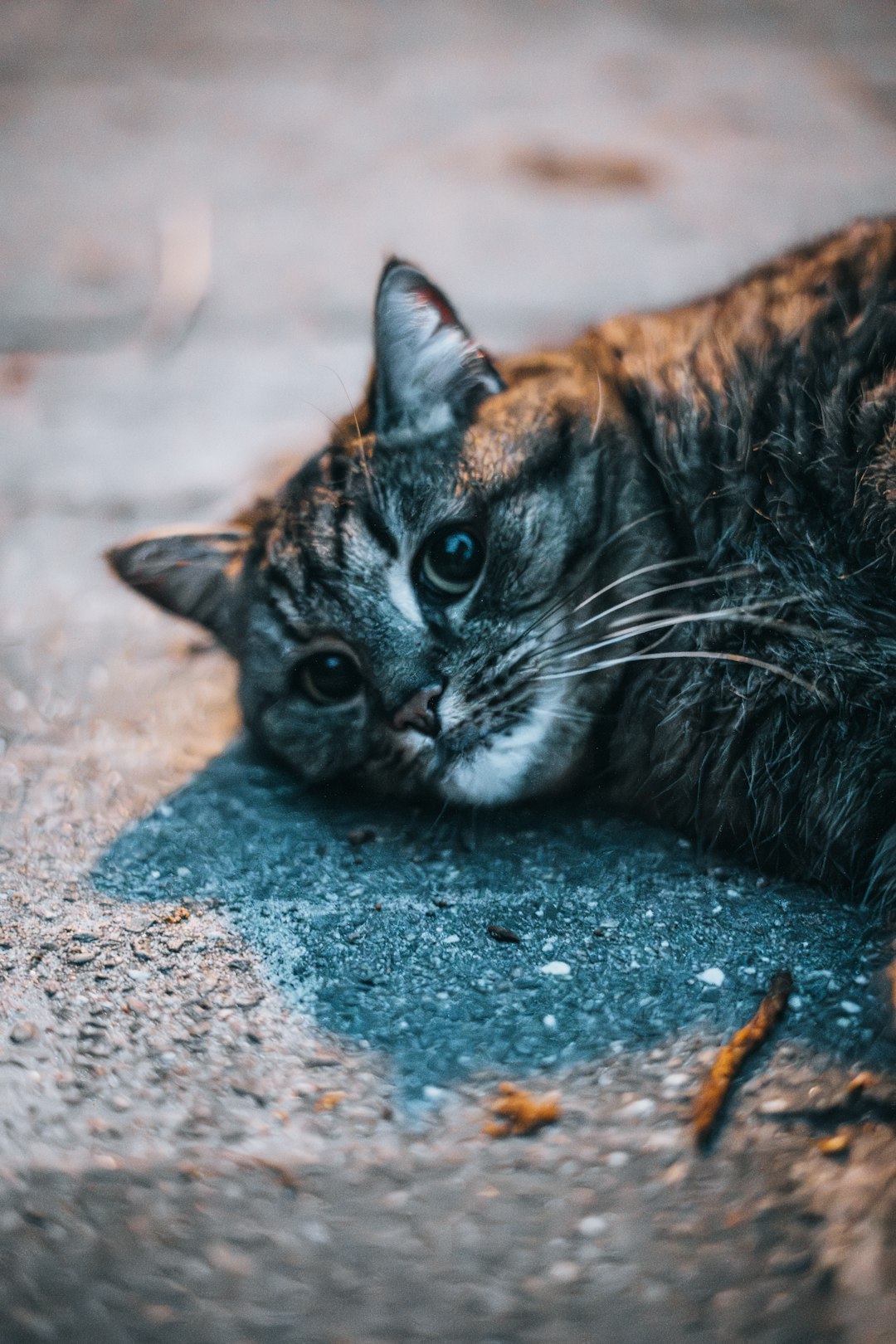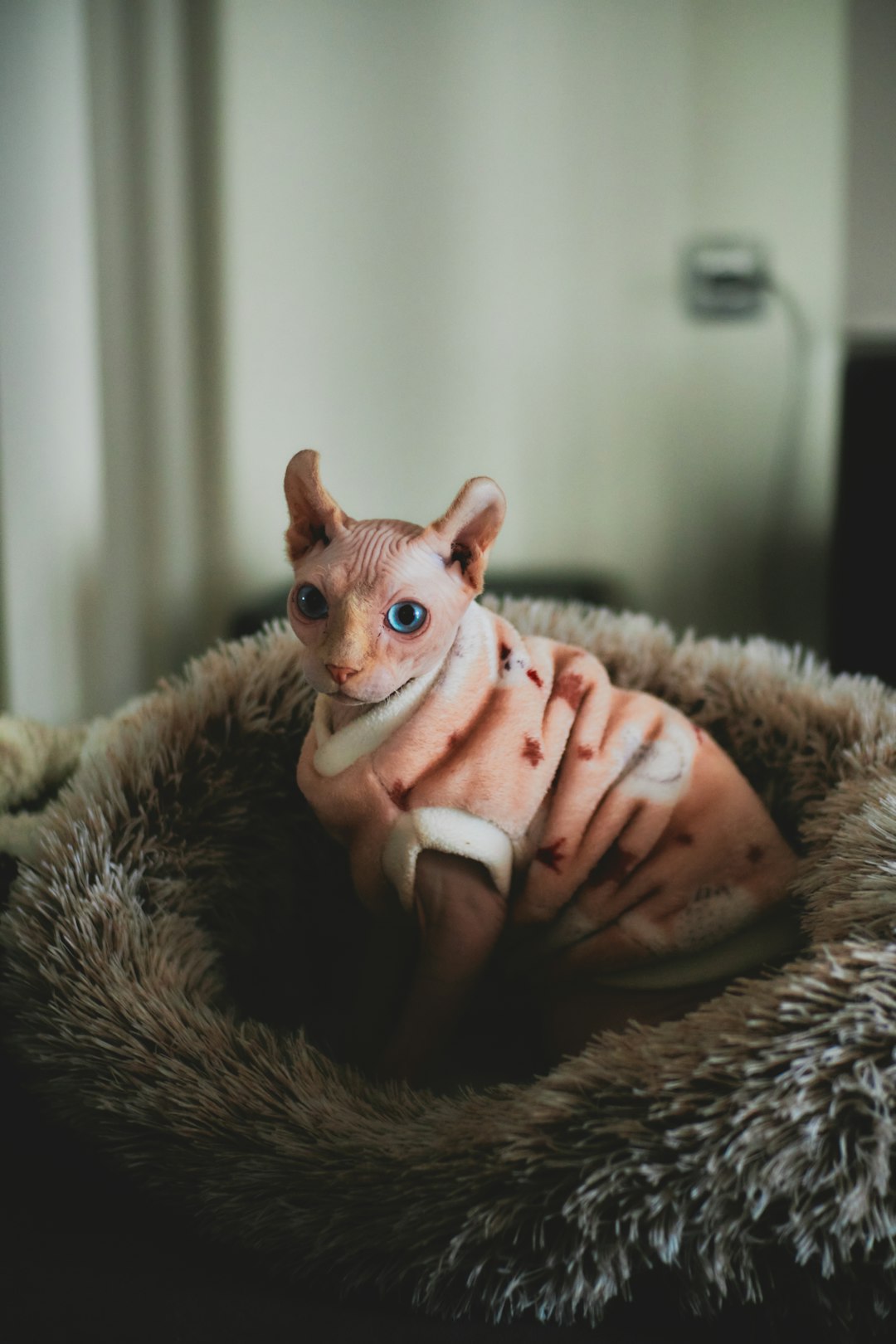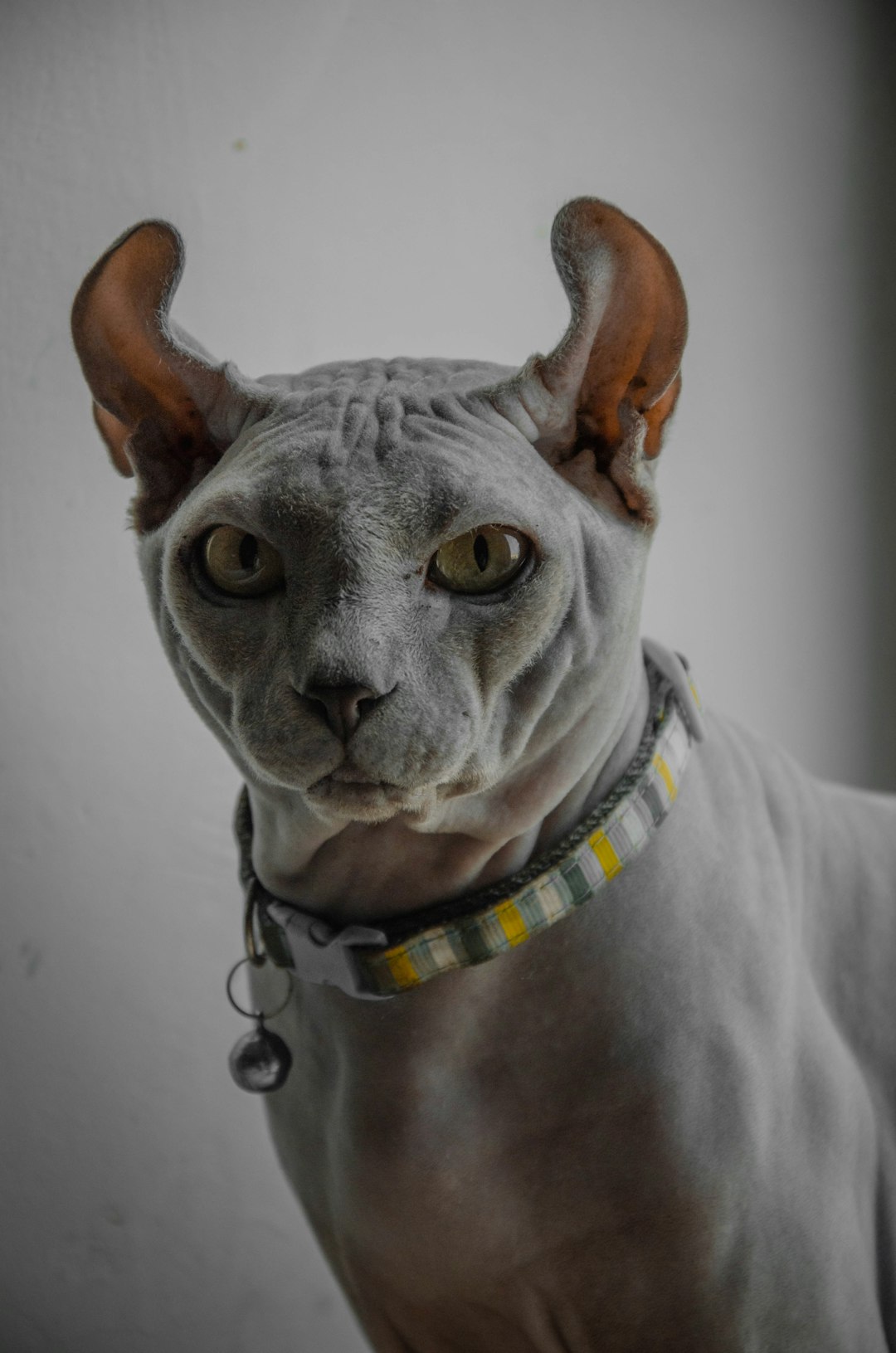Understanding how to calculate cat years can significantly enhance your ability to care for your feline companion. While many people believe that one cat year translates to seven human years, this isn’t entirely accurate. As cats age, their development and health needs change, making it essential to grasp their life stages. From playful kittens to wise seniors, each phase of a cat’s life requires different considerations. By learning how to calculate cat years, you not only recognize your pet’s age but also ensure they receive the appropriate care tailored to their unique needs.
Understanding Cat Years: The Basics
Understanding cat years is essential for pet owners who want to monitor their feline’s health and well-being as they age. Unlike humans, cats age at a different rate, which can be confusing. Here’s a straightforward breakdown:
- First Year: The first year of a cat’s life is equivalent to about 15 human years. This rapid growth phase involves significant development in body and behavior.
- Second Year: In the second year, a cat ages approximately 9 additional human years, bringing them to around 24 human years overall.
- Subsequent Years: After the second year, each additional year is roughly equal to 4 human years.
Cat Years Comparison Table
| Cat Years | Human Years Equivalent |
|---|---|
| 1 | 15 |
| 2 | 24 |
| 3 | 28 |
| 4 | 32 |
| 5 | 36 |
By recognizing this distinctive aging process, cat owners can better appreciate their pets’ needs at different life stages. Understanding cat years not only helps in providing appropriate care but also strengthens the bond between you and your furry companion.
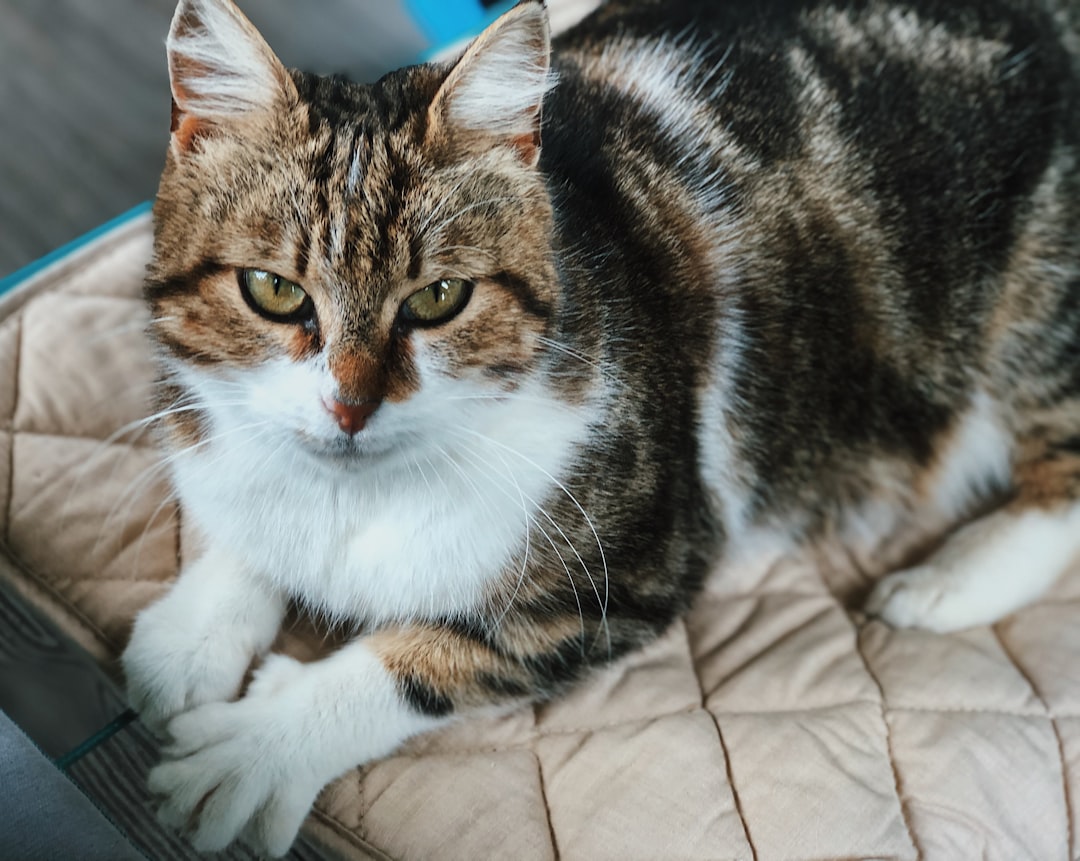
The Feline Life Stages Explained
Understanding feline life stages is essential for responsible pet care. Just like humans, cats go through distinct phases, each with unique characteristics. Here’s a breakdown of these stages in terms of cat years:
- Kitten (0-1 Year): Rapid growth and high energy. A kitten’s first year is equivalent to about 15 human years.
- Young Adult (1-6 Years): Active and playful. In cat years, a 2-year-old cat is around 24 in human terms, while a 6-year-old is approximately 40.
- Mature (7-10 Years): Cats begin to slow down. A 7-year-old cat equals roughly 44 human years, and a 10-year-old cat is akin to 56.
- Senior (11-14 Years): Signs of aging become more noticeable. At 11 years, your cat is about 60 in cat years, and at 14, they’re 72.
- Geriatric (15+ Years): Older cats require special attention. A 15-year-old cat might be around 76 human years.
Understanding these cat years helps you better cater to their needs at every stage. Whether you need to adjust their diet, exercise plan, or health check-ups, recognizing their age helps enhance their quality of life.
The First Year: Cat to Human Year Comparison
Understanding how cat years translate into human years is essential for grasping your feline’s development. During the first year of life, cats age significantly faster than humans. Here’s a straightforward comparison to illustrate this transformation:
| Cat Years | Human Equivalent |
|---|---|
| 1 | 15 |
In their first year, kittens grow from helpless newborns into playful adults. Here’s how their growth unfolds:
- 0-3 months: Rapid developmental phase; similar to a human infant.
- 4-6 months: Kittens become more agile and curious, reflecting a toddler’s stage.
- 7-12 months: They approach full maturity, akin to a human teenager.
After their first year, the feline life stage continues to evolve. For every additional cat year, the aging process slows compared to the initial phase. This understanding of cat years not only helps you appreciate your cat’s journey but also improves care and preparation for their future.
Subsequent Years: Calculating Beyond the First
Once your cat reaches their first birthday, understanding cat years becomes essential to grasping their aging process. Here’s how to calculate cat years for subsequent years:
Second Year: The second year of a cat’s life roughly equates to 24 human years. This significant leap showcases their rapid development.
From Age Three Onwards: Each additional year is approximately equal to four human years. For example:
- 3 years = 28 human years
- 4 years = 32 human years
- 5 years = 36 human years
Cat Age Comparison Table:
| Cat Age | Equivalent Human Years |
|---|---|
| 1 | 15 |
| 2 | 24 |
| 3 | 28 |
| 4 | 32 |
| 5 | 36 |
| 6 | 40 |
| 7 | 44 |
| 8 | 48 |
| 9 | 52 |
| 10 | 56 |
Understanding cat years helps you monitor your pet’s health and care needs more effectively as they transition through various life stages, ensuring a longer, happier life for your feline friend.
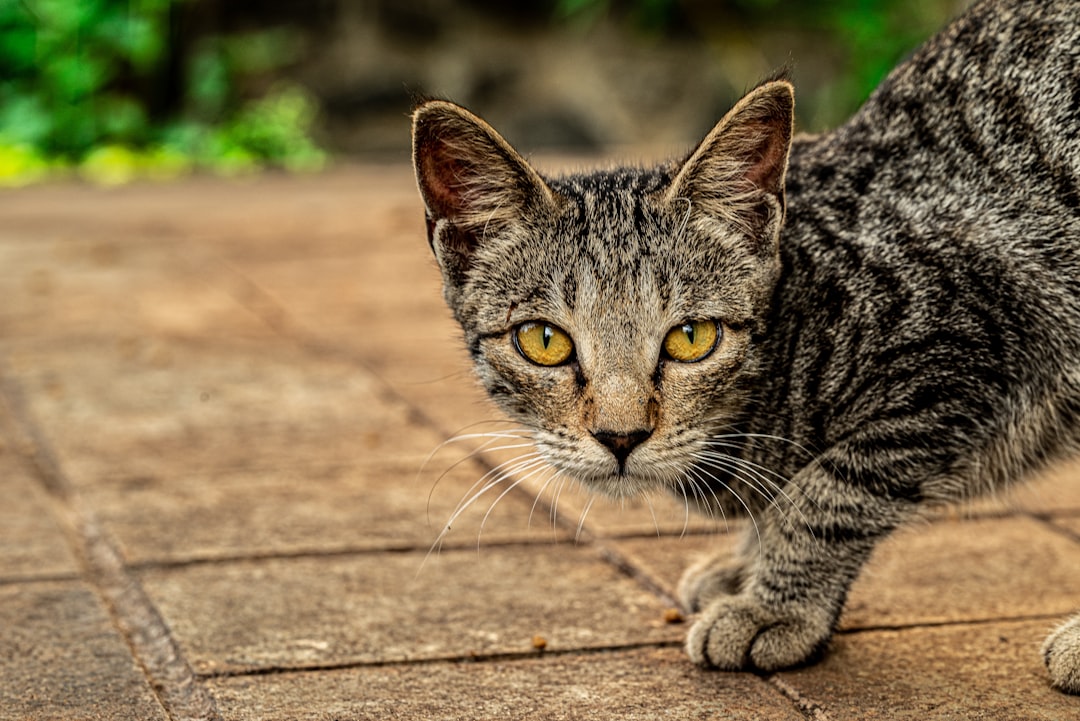
Factors Affecting Cat Aging
Understanding how various factors influence cat years helps pet owners provide better care for their feline friends. Here are some critical aspects that can affect the aging process of cats:
Genetics: Some breeds naturally age faster or slower than others. For example, Siamese cats often live longer than Persian cats.
Lifestyle: Indoor vs. outdoor living significantly impacts health and longevity. Indoor cats usually live longer due to a lower risk of accidents and diseases.
Diet: A balanced diet rich in essential nutrients plays a vital role in maintaining a cat’s health through its life stages. Poor nutrition can accelerate aging signs.
Healthcare: Regular vet check-ups and vaccinations help catch health issues early, influencing overall longevity and quality of life.
Weight: Obesity can shorten a cat’s lifespan by increasing risks of diabetes, heart disease, and joint problems.
In summary, these factors not only contribute to calculating cat years accurately but also help in making informed decisions regarding your cat’s health and care as they age.
Health Considerations for Aging Cats
As your cat transitions into their senior years, understanding cat years becomes crucial for ensuring optimal health. Aging cats often face various challenges that can affect their quality of life. Here are several key health considerations:
Regular Vet Check-ups: Schedule bi-annual veterinary visits. Older cats often require more frequent monitoring for diseases.
Nutrition: Adjust your cat’s diet to meet the specific needs of senior cats. Look for balanced formulations that support dental health and joint function.
Weight Management: Obesity is common in aging cats. Monitor their weight closely and consult your vet for a suitable diet plan.
Hydration: Encourage water intake to prevent urinary issues, which are prevalent in senior cats.
Behavioral Changes: Watch for signs of discomfort or behavior changes. Altered eating habits or increased hiding may indicate health problems.
Dental Health: Regular dental check-ups can help prevent periodontal disease, which is common in older cats.
By being proactive about these factors, you can help your cat thrive as they age, preserving both their health and happiness throughout their cat years.
Common Myths About Cat Aging
Understanding cat years is essential for responsible pet ownership, but several myths can mislead cat owners regarding their feline companions’ aging process. Let’s debunk some common misconceptions:
Myth 1: Cats Age the Same as Dogs
Reality: While both species age, a cat’s aging process differs significantly from that of dogs. In general, 1 cat year is about 4 human years, unlike dogs where it varies by breed.Myth 2: Indoor Cats Don’t Age as Quickly
Reality: Indoor cats live longer but age similarly in cat years. They benefit from a safe environment, but they still experience the effects of aging.Myth 3: All Cats Quickly Become ‘Geriatric’ at Age 10
Reality: While many veterinarians consider cats over 10 senior, their vitality and health depend on genetics, diet, and care.Myth 4: Senior Cats Don’t Need Regular Vet Visits
Reality: Regular vet check-ups are crucial for early detection of health issues, regardless of how "old" your cat appears in cat years.
By debunking these myths, cat owners can better understand their pets and ensure they thrive throughout all life stages.
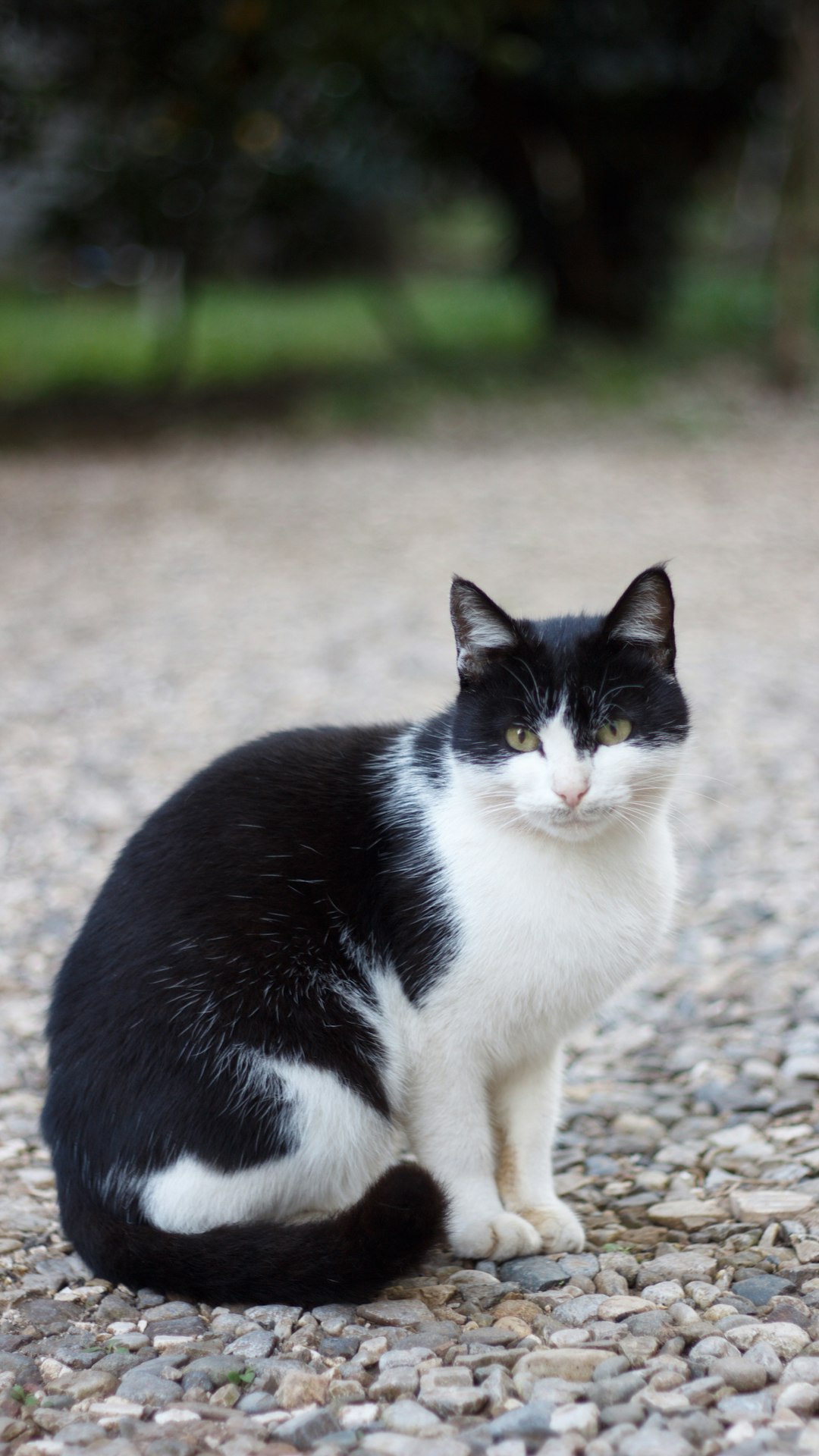
Tips for Caring for Senior Cats
Caring for senior cats requires special attention and understanding. As cats age, they experience various changes that can affect their health and overall well-being. Here are some essential tips to ensure your older feline thrives in their later years:
Regular Vet Check-ups: Schedule annual or biannual check-ups to monitor health conditions that may arise as they reach advanced cat years.
Nutritional Adjustments: Provide a balanced diet suited for senior cats. Look for food that includes:
- High-quality protein
- Reduced calories (to prevent obesity)
- Added vitamins and minerals
Hydration: Ensure constant access to fresh water. Consider wet food options to increase their water intake.
Comfortable Environment: Create a cozy space with soft bedding. Senior cats benefit from quiet, low-stress areas to relax.
Gentle Exercise: Encourage light play to maintain their mobility. Interactive toys can stimulate both mental and physical activity.
Monitor Behavior: Keep an eye on any changes in behavior or habits. Senior cats may develop issues such as decreased appetite or changes in litter box habits.
By taking these steps, you can enhance your cat’s quality of life during their golden years and help them enjoy their time as they gracefully age through their cat years.
Frequently Asked Questions
How do I calculate my cat’s age in human years?
To estimate your cat’s age in human years, a common method is to consider the first two years of the cat’s life. The first year of a cat’s life is roughly equivalent to 15 human years, and the second year adds an additional 9 human years. After that, each additional year is generally considered to equal about 4 human years. For instance, a 5-year-old cat would be approximately 36 human years old (15 + 9 + 4*3). This method helps understand the maturity level and health needs of your feline.
What life stages do cats go through as they age?
Cats typically go through several life stages as they age: kitten (0-1 year), junior (1-2 years), adult (3-6 years), mature (7-10 years), senior (11-14 years), and geriatric (15+ years). Each stage highlights different aspects of a cat’s development, behavior, and health requirements. Kittens are playful and energetic, adults are generally active and healthy, while senior and geriatric cats may require special care due to age-related issues like arthritis or dental problems.
What factors influence the lifespan of a cat?
The lifespan of a cat can be influenced by various factors, including genetics, breed, nutrition, and living environment. Indoor cats typically live longer than outdoor cats due to reduced risks from accidents and diseases. Regular vet check-ups, vaccinations, and a balanced diet tailored to specific life stages can also contribute to a longer, healthier life. Additionally, spaying or neutering can help reduce the risk of certain health issues and behavioral problems.
Are there any special health considerations for senior cats?
Yes, senior cats often face unique health considerations that require attention. Common issues include dental disease, kidney problems, hyperthyroidism, and arthritis. Regular veterinary check-ups become essential for early detection and management of these conditions. Senior cats may also need dietary adjustments to accommodate their changing metabolism and health needs, as well as modifications in their living space to ensure they can comfortably move around and access food and litter boxes.

